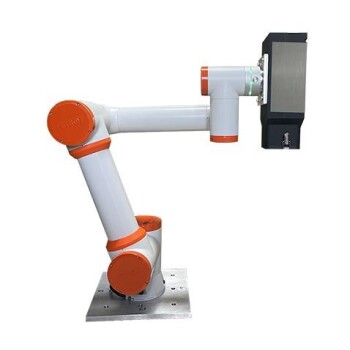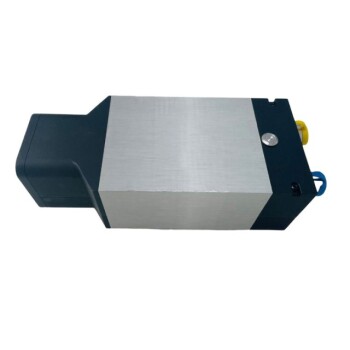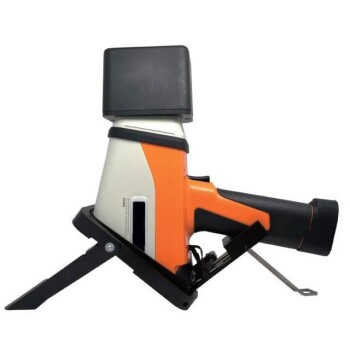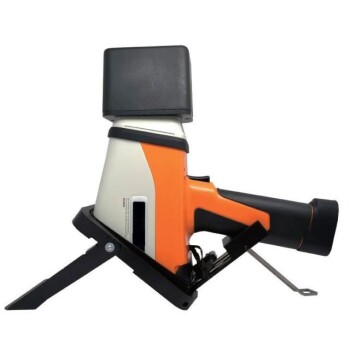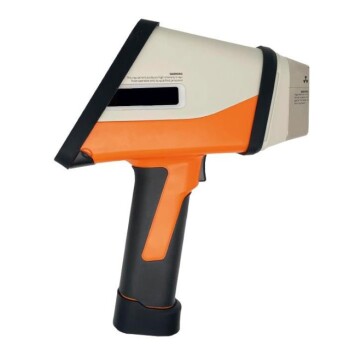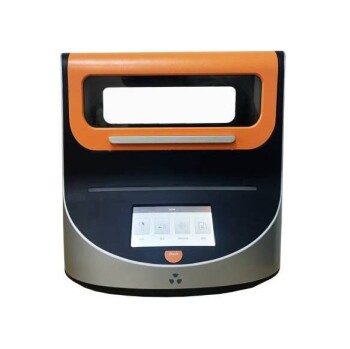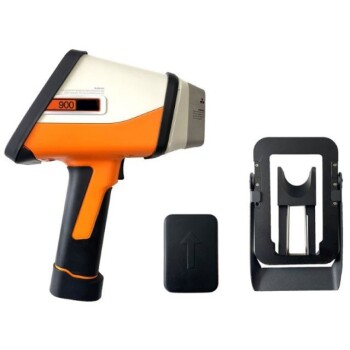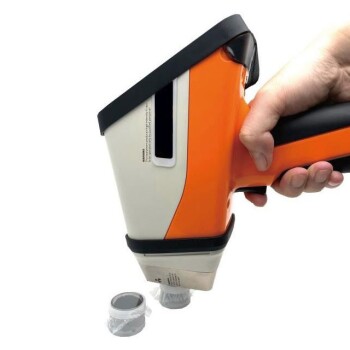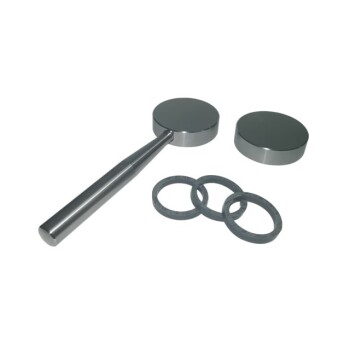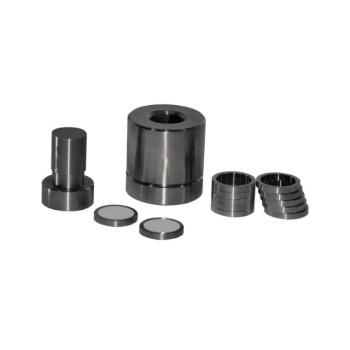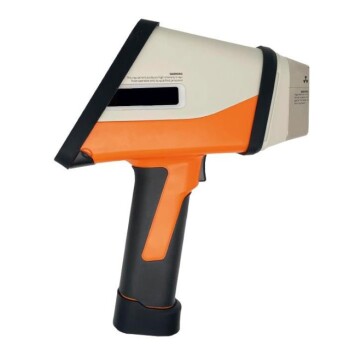X-ray Fluorescence (XRF) is a powerful, non-destructive analytical technique used to determine the elemental composition of materials. It works by irradiating a sample with high-energy X-rays, causing the atoms within the sample to emit characteristic fluorescent X-rays. By measuring the energy and intensity of these emitted X-rays, XRF analyzers can identify and quantify the elements present in the sample. This technique is widely used across various industries, including metal fabrication, inspection, recycling, and jewelry, due to its ability to provide real-time, on-site analysis without damaging the sample. XRF is particularly valuable in situations where traditional lab analysis is impractical due to cost, sample size, or transportation constraints.
Key Points Explained:

-
Non-Destructive Analysis:
- XRF is a non-destructive technique, meaning it does not alter or damage the sample being analyzed. This is particularly important in industries like art restoration, archaeology, and jewelry, where preserving the integrity of the sample is crucial.
-
Elemental Composition Determination:
- The primary purpose of XRF is to determine the elemental composition of a material. By analyzing the characteristic fluorescent X-rays emitted by the sample, XRF can identify and quantify the elements present, providing a detailed chemical profile of the material.
-
Wide Range of Applications:
- XRF is used in various industries, including:
- Metal Fabrication and Inspection: Verifying the composition of metals and alloys to ensure they meet required specifications.
- Recycling: Identifying and sorting different metals in scrap yards.
- Jewelry: Checking the gold content and other precious metals in jewelry.
- Environmental Testing: Analyzing soil and water samples for contaminants.
- Pharmaceuticals: Ensuring the correct elemental composition of drugs and raw materials.
- XRF is used in various industries, including:
-
Real-Time, On-Site Analysis:
- One of the significant advantages of XRF is its ability to provide real-time, on-site analysis. This capability is particularly valuable in field inspections, quality control, and transactions where quick decision-making is essential.
-
Qualitative and Quantitative Analysis:
- XRF can be used for both qualitative and quantitative analysis. Qualitative analysis identifies the elements present in the sample, while quantitative analysis measures the concentration of these elements. This dual capability makes XRF a versatile tool for material analysis.
-
Suitability for Various Sample Types:
- XRF is suitable for analyzing solids, liquids, and powders. This versatility makes it applicable to a wide range of materials and industries. Whether it's a metal alloy, a soil sample, or a liquid solution, XRF can provide accurate elemental composition data.
-
Cost and Time Efficiency:
- Compared to traditional lab analysis methods, XRF is often more cost-effective and time-efficient. It eliminates the need for sample preparation and transportation, reducing both costs and turnaround times. This efficiency is particularly beneficial in high-throughput environments like manufacturing plants and recycling facilities.
-
Non-Destructive Nature:
- Since XRF does not require the destruction of the sample, it allows for repeated analysis and verification. This is especially useful in quality control processes where multiple tests may be needed to ensure consistency and accuracy.
-
High Sensitivity and Accuracy:
- Modern XRF analyzers are highly sensitive and accurate, capable of detecting trace elements at very low concentrations. This high level of precision is essential in applications like environmental monitoring and pharmaceutical quality control, where even minor deviations can have significant implications.
-
Portability:
- Many XRF analyzers are portable, allowing for on-the-go analysis in various settings. This portability is particularly advantageous in field applications, such as mining, archaeology, and environmental studies, where samples cannot be easily transported to a lab.
In summary, the main purpose of XRF is to provide a fast, accurate, and non-destructive method for determining the elemental composition of a wide range of materials. Its versatility, efficiency, and ability to perform real-time, on-site analysis make it an invaluable tool across numerous industries.
Summary Table:
| Key Feature | Description |
|---|---|
| Non-Destructive Analysis | Preserves sample integrity, ideal for art, archaeology, and jewelry. |
| Elemental Composition | Identifies and quantifies elements in materials for precise chemical profiles. |
| Wide Applications | Used in metal fabrication, recycling, jewelry, environmental testing, and more. |
| Real-Time Analysis | Provides on-site results for quick decision-making in field inspections. |
| Qualitative & Quantitative | Detects elements and measures their concentrations accurately. |
| Versatile Sample Types | Analyzes solids, liquids, and powders for diverse industries. |
| Cost & Time Efficiency | Reduces costs and turnaround times compared to traditional lab methods. |
| High Sensitivity | Detects trace elements with precision for critical applications. |
| Portability | Enables on-the-go analysis in mining, archaeology, and environmental studies. |
Need precise elemental analysis? Contact us today to learn how XRF can benefit your industry!
